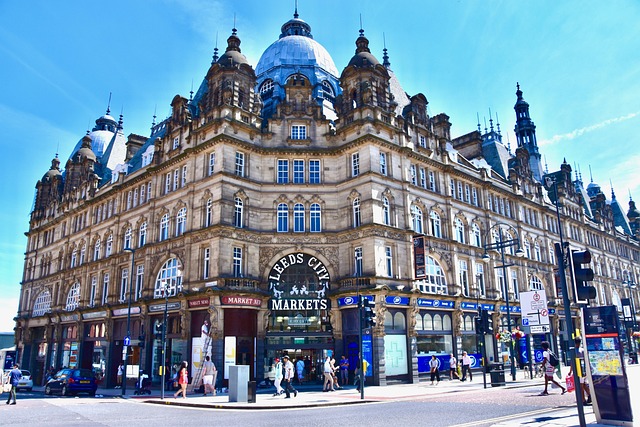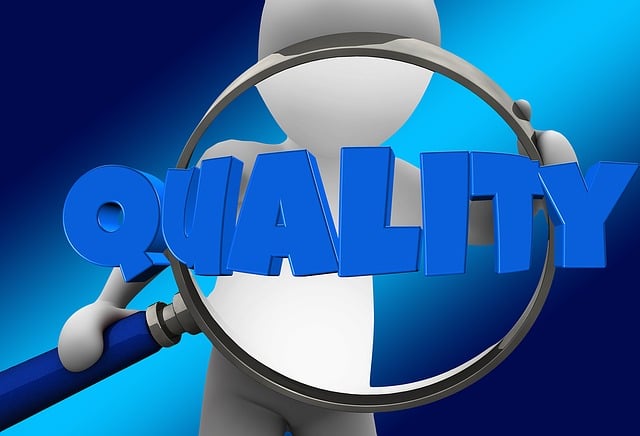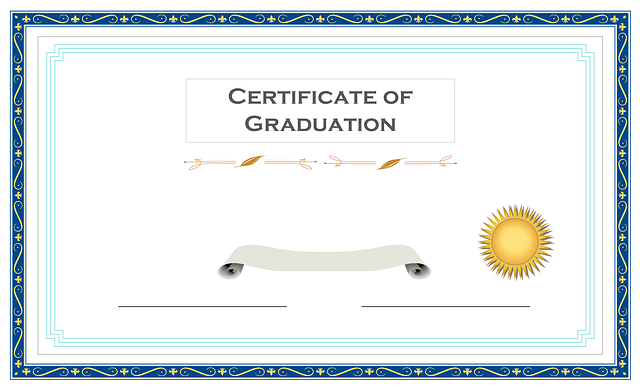Green building standards, led by LEED and BREEAM, are transforming Real Estate by promoting sustainability, energy efficiency, and environmental consciousness. These practices enhance indoor quality, conserve resources, reduce carbon footprints, and increase property values, appealing to environmentally conscious tenants. Future trends include smart design, renewable energy, efficient water management, circular design, and intelligent automation, signaling a promising future for sustainable Real Estate practices.
“In today’s eco-conscious world, the real estate industry is witnessing a paradigm shift towards green buildings—a testament to the growing demand for sustainable practices. This article explores the evolving landscape of environmental standards in real estate. We delve into the key initiatives and innovations that are shaping the future of eco-friendly properties. From understanding industry benchmarks to forecasting upcoming trends, this comprehensive guide offers valuable insights for investors, developers, and tenants alike, ensuring they stay ahead in the market.”
Understanding Green Building Standards in Real Estate

Green building standards have become integral to the real estate industry, as buyers, renters, and investors increasingly prioritize sustainability and energy efficiency. These standards, such as LEED (Leadership in Energy and Environmental Design) or BREEAM (Building Research Establishment Environmental Assessment Method), set benchmarks for eco-friendly design, construction, and operation of buildings. By adhering to these guidelines, real estate developers, architects, and builders can create spaces that offer better indoor air quality, reduced water consumption, and lower carbon footprints—all while enhancing property value and attracting environmentally conscious occupants.
Understanding and implementing green building standards in real estate involve a holistic approach, encompassing everything from the selection of sustainable materials to the optimization of natural light and ventilation. Moreover, these standards often incorporate considerations like accessibility, community impact, and long-term operational costs, ensuring that green buildings not only minimize their environmental impact but also contribute positively to the surrounding community and support a healthier, more vibrant urban landscape.
Key Industry Initiatives for Sustainable Properties

The real estate industry has witnessed a significant shift towards embracing green building standards, driven by growing environmental consciousness and the need for sustainable practices. Key initiatives leading this movement include organizations like the U.S. Green Building Council (USGBC) and their renowned LEED (Leadership in Energy and Environmental Design) rating system. This certification program sets global benchmarks for eco-friendly construction, encouraging developers and architects to design spaces that minimize environmental impact.
By adopting sustainable materials, efficient energy systems, and water conservation strategies, green buildings are transforming the landscape of real estate. These initiatives not only contribute to a healthier planet but also offer long-term benefits for property owners and occupants. From reduced operational costs to improved indoor air quality, green properties are gaining popularity among tenants and buyers who prioritize sustainability and well-being.
Future Trends Shaping Eco-Friendly Real Estate Practices

The future of green buildings is poised for significant advancements, driven by evolving technologies and growing environmental awareness. One prominent trend is the integration of smart, sustainable design elements that seamlessly blend with the natural environment. As real estate practices continue to embrace eco-friendly principles, we’ll see more properties incorporating renewable energy sources like solar and wind power, efficient water management systems, and intelligent building automation. These innovations not only reduce a property’s carbon footprint but also enhance its long-term value.
Additionally, there’s a growing emphasis on circular design and material reuse, aiming to minimize waste and maximize resource efficiency. Future developments in real estate will likely feature more recycled materials, energy-efficient appliances, and systems designed for easy disassembly and repurposing. This shift towards sustainability is not just a response to environmental concerns but also aligns with the evolving preferences of environmentally conscious buyers, signaling a promising future for eco-friendly real estate practices in the industry.






